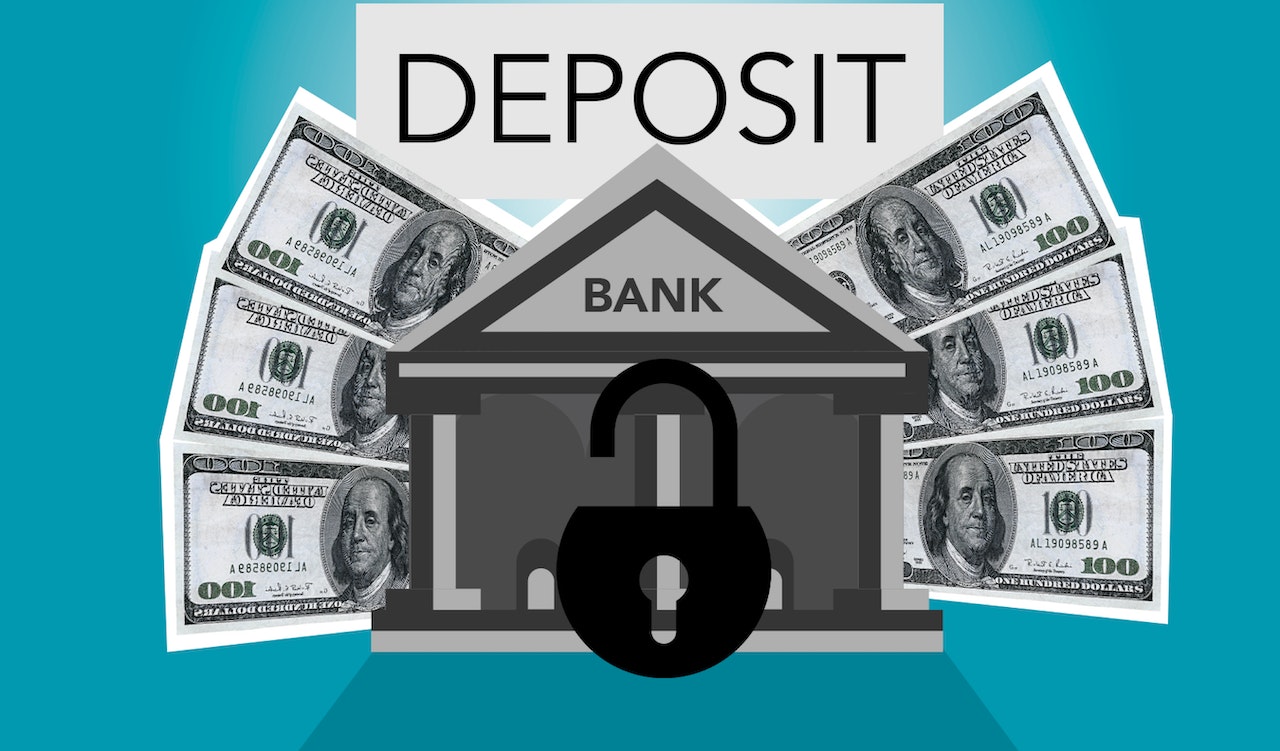Fixed Deposits (FDs) are one of the most well known fixed-pay venture vehicles among Indians. Be that as it may, they are not tax-exempt. Here is a gander at how and where FDs are burdened.
Chapter by chapter guide
- For what reason are FDS so well known?
- Tax assessment on Fixed Deposit interest
- Grasping TDS computations on FDs
- Instructions to save money on TDS derivation on FD premium pay
For what reason are FDS so famous?
FDs are fixed-pay instruments that proposition ensured returns, making them extraordinary ventures for medium to long haul arranging as the financial backer knows the profits they can anticipate from their speculation. You can compute the profits procured on a FD by utilizing a FD mini-computer.
FDs are fluid ventures, in contrast to other speculation vehicles like Public Provident Fund (PPF). In the event of any crisis, the assets can be moved to one more bank or removed with practically no limitations. FDs can likewise be utilized as guarantee for advances and other monetary items, for example, Mastercards.
Tax collection on Fixed Deposit interest
According to the Income Tax Act of 1961, the premium procured by FDs falls under the classification of ‘Pay from other sources’ in an individual’s IT returns. The premium on FDs is burdened according to the assessment chunk rates that are material to the individual’s pay. In the event that you don’t fall under an available section, you will be excluded from any duty exclusions connected with revenue procured on FDs.
You can likewise utilize an Income Tax mini-computer to make it more clear the absolute personal expense you owe. In addition, with the presentation of the New Tax Regime, it very well might be mistaking for an individual to comprehend which system they ought to pick. You can utilize an Income Tax mini-computer to comprehend which system permits you to save more expense.
According to Section 194A of the Income Tax Act, charge deducted at source (TDS) is relevant on premium procured on FDs. Since it is TDS, it is deducted by the bank at the hour of crediting the yearly premium.
In the event that PAN subtleties are given, TDS is cut at the pace of 10% each year in the event that the premium pay surpasses Rs 40,000; this breaking point is expanded to Rs 50,000 in the event that the financial backer is a senior resident. In any case, on the off chance that PAN subtleties are not given, the TDS is cut at the pace of 20% each year.
On the off chance that the financial backer doesn’t have available pay, they ought to give a statement as Form 15G or Form 15H (implied for senior residents). By giving this announcement, the banks don’t cut TDS on the premium pay of FDs. These structures ought to be given to the bank toward the beginning of the monetary year. Assume the bank deducts TDS before you present these structures, you can guarantee a derivation for a similar under Section 80C of the Income Tax Act.
Grasping TDS estimations on FDs
Assume you put Rs 50,000 in a FD, which acquires a financing cost of 10% for a considerable length of time. The premium acquired each year will be Rs 5000. Premium acquired more than 5 years will be Rs 25000. Since the premium pay acquired each year is not as much as Rs 40,000, no TDS is cut.
Assume you have a FD of Rs 10 lakh, which acquires a financing cost of 8% for a very long time. Your advantage each year is Rs 80,000. Since the premium procured surpasses the cut-off of Rs 40,000, TDS at the pace of 10% will be cut from the premium acquired (Rs 80,000); in this way, Rs 8000 is deducted as TDS.
The most effective method to save money on TDS allowance on FD premium pay
- On the off chance that you don’t fall under the available section, make certain to proclaim a similar utilizing Form 15G or 15H, in the event that you are a senior resident, to the bank.
- Part the sum that you would store in a solitary FD across various FDs in isolated banks. The store sum ought to be parted such that none of the premium acquired through any single FD will surpass Rs 40,000. You can compute how to do this effectively by utilizing an internet based FD mini-computer, which makes examining interest returns a breeze contrasted with manual estimations.
- On the off chance that you are a piece of a Hindu Undivided Family (HUF), you can part the store sum by having one under the HUF record and one under your own record.
- You can likewise time your interest such that the premium procured in a solitary monetary year doesn’t go over Rs 40,000. For instance, you can begin a year FD in the long stretch of November rather than April. As the monetary year closes on 31st March, the premium procured on the FD will be spread across two different monetary years, lessening the gamble of TDS allowance.
End
FDs are extraordinary venture instruments to put something aside for what’s to come. They ought to be a piece of each and every hearty and expanded speculation portfolio. Make sure to utilize an Income Tax adding machine and a FD number cruncher to design your ventures astutely and take advantage of the expense saving choices accessible.
